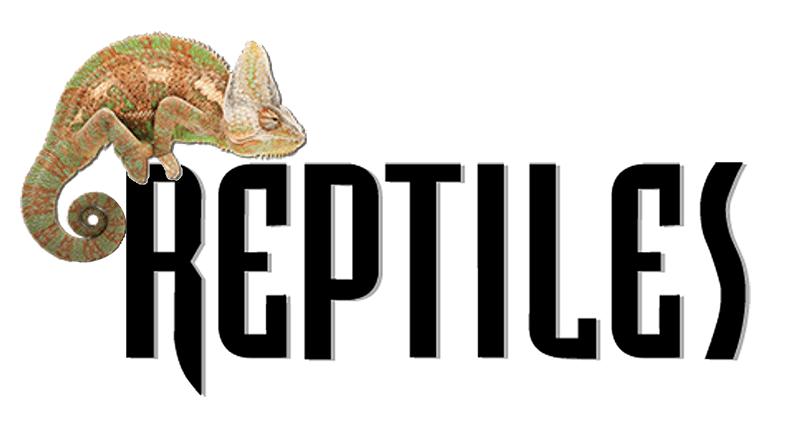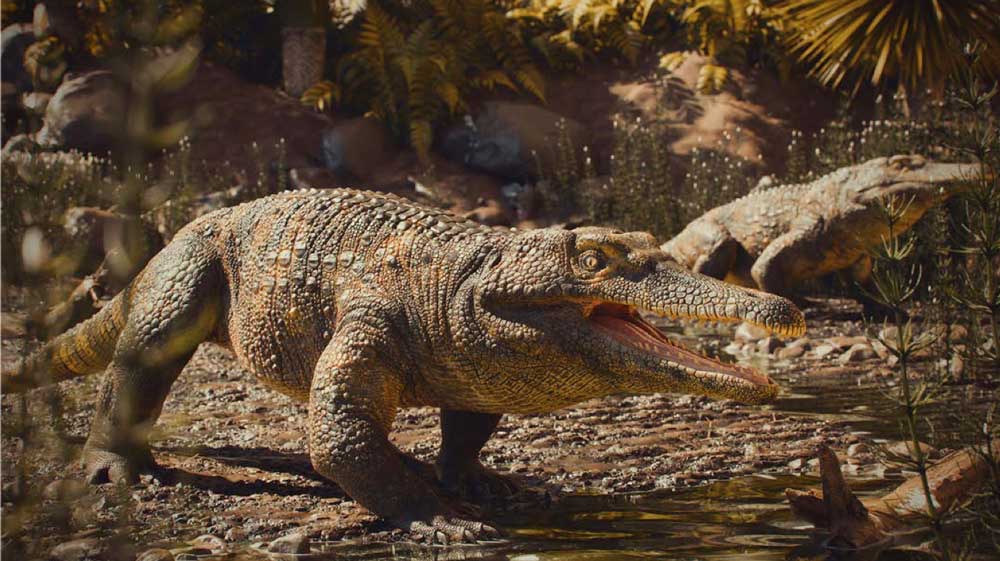R. beckerorum is the second proterochampsid species described from the Pinheiros-Chiniquá Sequence.
Researchers have described a new species of proterochampsid archosauriform, a crocodile-like animal that may have filled an ecological niche like that of modern day crocodilians. They looked similar to crocodiles and lived during the middle and late Triassic in what is now South America. This particular species, Retymaijychampsa beckerorum was found in Southern Brazil and lived during the Middle-Upper Triassic period.
Retymaijychampsa beckerorum lived about 237 million years ago and had a crocodile-like skull and dermal armor. The new species was described from a single, nearly complete hindlimb that was excavated from the “Linha Várzea 2 (Becker) Site, located in the municipality of Paraíso do Sul, Rio Grande do Sul, Brazil.”

According to the paper describing the new species, R. beckerorum is the second proterochampsid species described from the Pinheiros-Chiniquá Sequence. The Pinheiros-Chiniquá Sequence is the oldest sedimentary rock formation that makes up the Santa Maria Formation in Brazil. To date, it is considered to be the one of the oldest members of the Archosauromorpha clade. The researchers say that Retymaijychampsa beckerorum partially fills what is called a ghost lineage from the Middle Triassic to the early Late Triassic. A ghost lineage describes an ancestor that may or may not have persisted. There is no fossil evidence of the ancestor but can still be believed to have existed due to gaps in the fossil record, or due to genomic evidence.
Scientists Discover 30 Foot Crocodile Fossil That Lived 130 Million Years Ago
The paper describing Retymaijychampsa beckerorum, “A new proterochampsid archosauriform from the Middle–Upper Triassic of Southern Brazil” can be read on the Acta Palaeontologica Polonica website.



